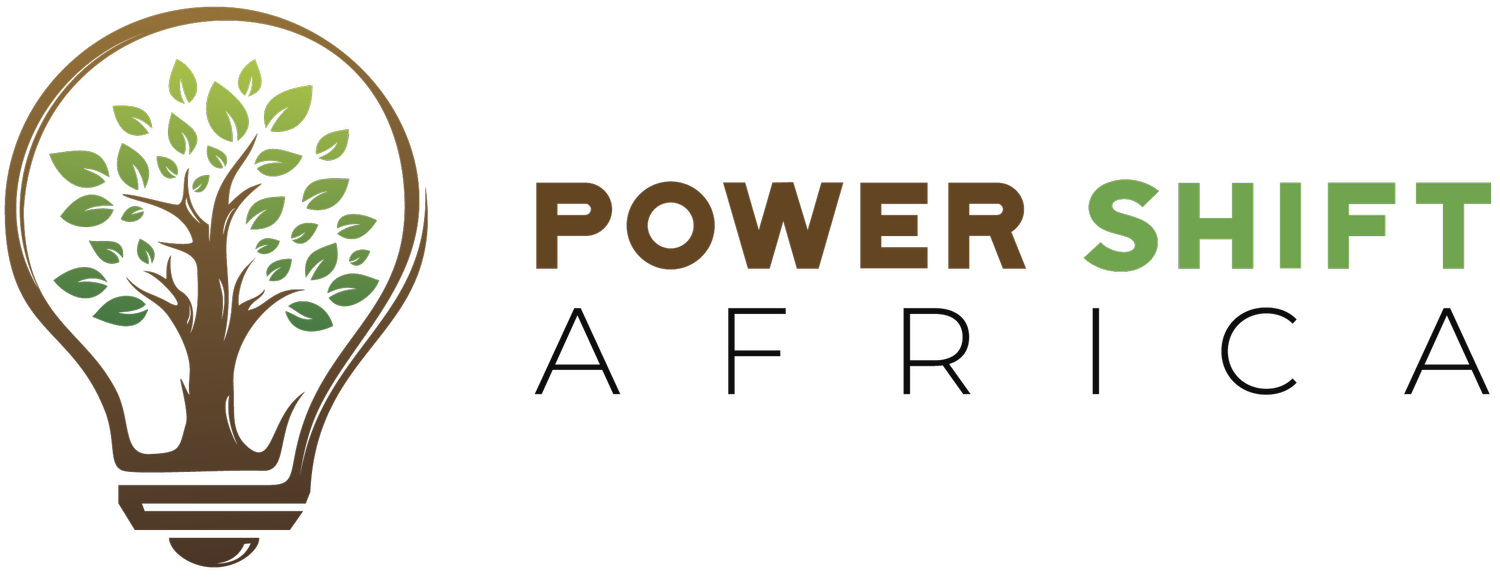Planet’s natural defence against the climate crisis is under threat, but it’s not too late
When we think about biodiversity and the climate crisis, what comes to mind naturally is: The climate crisis is destroying biodiversity. Rarely do we talk about how biodiversity can be our safeguard against the climate crisis. The truth is: the two are inextricably linked to each other.
As the globe becomes hotter, biodiversity loss becomes inevitable. From marine to terrestrial life, the climate crisis has altered biodiversity, especially our marine, terrestrial, and freshwater ecosystems . We've seen an increased risk in species extinction, diseases, death of animals and witnessed entire populations being wiped out.
It is safe to say biodiversity has, in these known cases, become a victim of the climate crisis. But, do we ever stop to think about biodiversity becoming the ‘hero’ of the story? The Earth’s natural defence against the climate crisis is under threat. Can we protect it?
Although we need to do much more to tackle other causes of the climate crisis, biodiversity is key, as one of nature's given solutions. Think about forests and their role as carbon sinks. Consider peatlands, which, according to the UN, can store twice as much carbon as forests. Or even mangroves and other ocean habitats which have proved crucial in keeping our planet safe as carbon sinks.
Biodiversity can be the backbone of climate-resilient societies, especially for those on the frontlines of the climate crisis like communities in Africa. Biodiversity is key for ecosystems that are more resilient to climate impacts. In the same vein, ecosystems weakened by biodiversity loss are less resilient to climate change impacts.
Reports show that the world is experiencing the largest loss of life since the dinosaurs with at least one million plant and animal species at risk of being wiped out.
As the world marks International Day of Biodiversity on 22 May 2023, we must move from agreement to action. It’s time to build back better with biodiversity. A great starting point is to tackle the culprits behind biodiversity loss.
Not surprisingly, one of the greatest drivers of biodiversity is human activity. We, humans, occupy the homes of animals, driving them away and leaving them without food. Our unsustainable ways of farming present a danger to ecosystems.
We fragment and change land, we pollute lands and oceans, destroying key ecosystems, which ultimately undermines the ability of species to survive. To protect ecosystems, we have to change the way we use our land. We must protect land from overexploitation. In our search for food or other key resources, let's not overfish or overharvest. When we live in harmony with nature, we get maximum benefits for centuries.
The world must also learn to live without fossil fuels – another key driver of biodiversity loss. When we exploit coal, oil and gas, we not only make the globe dangerously hotter through carbon dioxide emissions, but we also break ecosystems. For instance, the extractive activities of multinational oil companies in the Niger Delta have left behind a trail of destruction. Decades of oil spillage have not only robbed the communities of their livelihoods but also polluted soil and water, killing aquatic life and plants. In fact in his poem on the Niger Delta, Activist Nnimmo Bassey said: “Leave the oil in the soil, the coal in the hole and the tar sands in the land!"
To curb death by fossil fuels, the world should embrace a just transition to renewable energy. But, when setting up this easily accessible, modern and reliable energy system, we must avoid the mistakes of the fossil fuel-based energy system. The fossil fuel energy systems entrenched decades of energy poverty in Africa, forced migrations, human rights abuses, and pollution.
One of the most crucial safeguards to biodiversity is found in indigenous communities. These communities hold the last remaining 80 per cent of the world’s biodiversity. Not only are they custodians, but they also have the knowledge and practices required to keep those ecosystems safe. They understand the land, wildlife and the environment, and they keep this knowledge alive by passing it down from generation to generation.
Therefore, the world now has the job of protecting these crucial guardians; protecting their land rights and knowledge systems. We can borrow from this traditional knowledge in order to keep biodiversity safe.
At COP15 last year, countries agreed to turn promises into action to tackle biodiversity loss. They agreed to adopt a framework to protect biodiversity, enforce a plan that recognizes indigenous knowledge, stop destructive land use practices, and align finance for biodiversity.
The world must show commitment to these goals. And move from talking to implementation.

